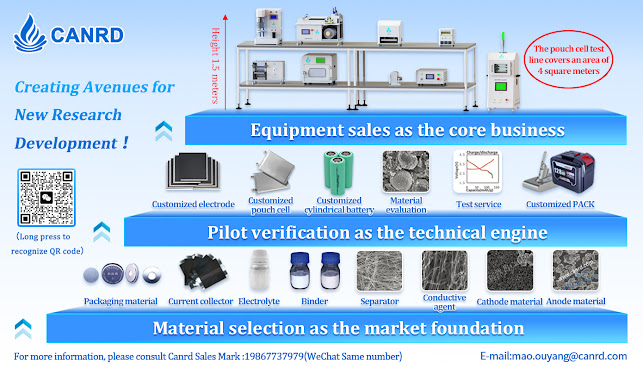Adjustable film coater is a film coater with adjustable coating thickness. By adjusting the two differentiators above the film coater, the scraper below can be adjusted up and down to control the coating gap and ultimately achieve the desired coating thickness.
Due to the use of a high-precision micrometer, the coating range is adjustable from 0 to 3500μm, and the gap of the scraper is adjusted in units of 10 microns during scraping.
This film applicator is ideal for research projects where even the smallest differences in film thickness need to be accurately evaluated.
1.Product Advantages
Scope of Application: Suitable for various coatings and different testing items, allowing for different film thicknesses.
Maximum Film Thickness: 50/100/150 µm
Gap Film Depth: 0-5000 µm
Thickness Adjustment: Adjustable in increments of 10 microns.
Precision Measurement: Utilizes a precision micrometer for convenience, speed, and high accuracy.
Enhanced Performance: Works best when used in conjunction with a coating blade.
2.Operation and use:
1.Before use, the instrument is generally adjusted to the "0" position. If it is not at the "0" position, the instrument should be adjusted to "0" on the parallel plate. When adjusting to "0", rotate the two differentiators so that the bottom end of the scraper and the bottom surface of the two side plates are on the same plane. At this time, the counts of the two differentiators should be the same, and the "0" scale at the upper end of the differentiator should be aligned with the scale line at the lower end.
2.Differentiator scale marking: There are 50 small grids on the differentiator, each grid represents 10μm, and one rotation of the differentiator is 500μm (0.5mm
3.Column scale marking: There are scales on both sides of the column. The scale on one side is 1mm per grid, which means the differentiator rotates 2 times. When the scales on the left and right sides are read together, each grid represents 0.5mm (500μm), which means the differentiator rotates 1 time
4.Rotate the differentiator to adjust the scraper to the required gap, that is, the required coating thickness. Then hold the two sides of the plate by hand and scrape on the sample to prepare the required coating
5.After use, clean the instrument with solvent and wipe it dry.
6. Adjust the scraper to make the spring in a relaxed state to reduce the fatigue of the spring. Put the instrument in the packaging box.
Canrd Brief Introduce
Canrd use high battery R&D technology(core members are from CATL) and strong Chinese supply chain to help many foreign companies with fast R&D. We provide lab materials, electrodes, custom dry cells, material evaluation, perfomance and test, coin/pouch/cylindrical cell equipment line, and other R&D services.
Email: contact@canrd.com Phone/Wechat/WhatsApp: +86 19867737979
Canrd Official Web Canrd Company Vedio Canrd Company profile
Website : www.canrud.com











No comments:
Post a Comment